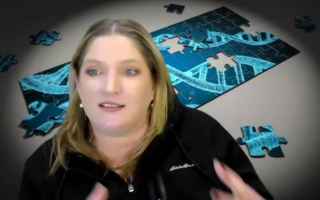
Forensics, Narcotics
Latest News

Latest Videos

More News

Top articles published this week include some of our columns in the most recent Spectroscopy magazine issue as well as more coverage from the American Academy of Forensic Sciences (AAFS) Conference.
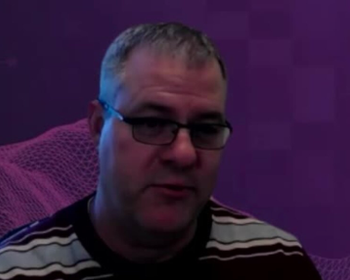
In this video clip, Metz discusses his focus on molecular measurement science using mass spectrometry (MS) to study small molecules, emphasizing the challenge of identifying and quantifying unknown compounds.
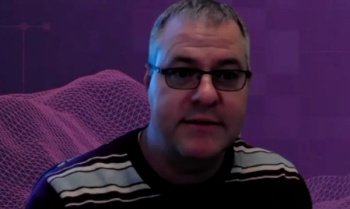
In this video clip, Metz discusses his research in helping to develop advanced MS instrumentation, and how he is applying his work to study diseases.
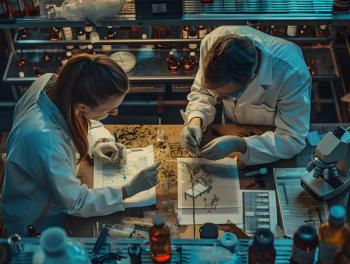
In this video interview, we speak with Tom Metz of the Pacific Northwest National Laboratory, Heidi Eldridge of George Washington University, and Claire Glynn of the University of New Haven, all of whom attended AAFS this year and delivered important talks that provide insight into the state of the forensic science industry. Metz, Eldridge, and Glynn offer some insights into what it was like to attend AAFS this year and give their thoughts as to what stood out to them throughout the week.
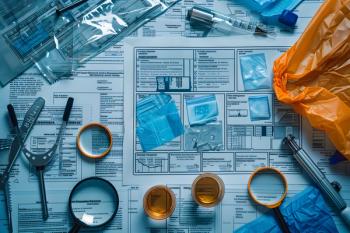
Here, we provide a preview of our upcoming multi-day video series that will focus on recapping the American Academy of Forensic Sciences Conference, as well as documenting the current state of the forensic science industry.

At Pittcon, a symposium about advancements in forensic analysis will take place. We preview this symposium here.

At the American Academy of Forensic Sciences Conference (AAFS) 2025, several sessions will focus on the use of spectroscopy in forensic analysis.

On Wednesday, February 19th, a plenary session will explore the pros and cons of artificial intelligence. We preview this session here.

On Wednesday, February 19th, 2025, from 8:30–9:30 am EST, a keynote address will take place at the American Academy of Forensic Sciences (AAFS) Conference. We preview the keynote here.

This year, the American Academy of Forensic Sciences Conference is taking place from February 17–22, 2025. We highlight the importance of spectroscopy in this field and why we’re covering the conference this year.

Researchers have demonstrated the potential of deep ultraviolet Raman spectroscopy (DUVRS) as a rapid, nondestructive, and sensitive tool for detecting antihistamines like cetirizine in oral fluid samples, paving the way for broader forensic applications.
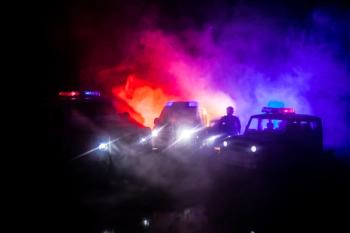
A recent study from Texas Tech University explored using attenuated total reflectance Fourier transform infrared (ATR FT-IR) spectroscopy in age determination as part of forensic investigations.
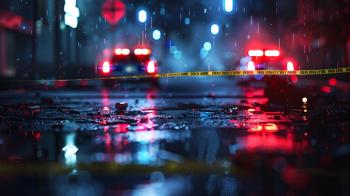
A comprehensive review in the Microchemical Journal highlights ATR FT-IR spectroscopy's transformative role in forensic bloodstain analysis, detailing its applications, challenges, and potential advancements for more precise and reliable crime-solving methodologies.

A recent study looked at how spectroscopy can be used to differentiate ink based on its color and brand.
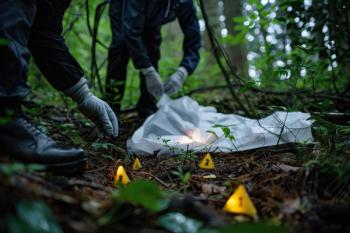
Miniaturized NIR spectrometers are transforming forensic science by enabling rapid, cost-effective, and portable field analysis.

This study aimed to assess and detect adulteration of Kelulut honey with different percentages of rice syrup using near-infrared (NIR) spectroscopy.

As part of “The Future of Forensic Analysis” content series, Spectroscopy sat down with Glen P. Jackson of West Virginia University to talk about the historical development of mass spectrometry in forensic analysis.

As part of “The Future of Forensic Analysis” content series, Spectroscopy sat down with Brooke Kammrath of the University of New Haven to talk about the significance of spectroscopy in forensic analysis.

Top articles published this week include highlights from the recently released “The Future of Forensic Analysis,” articles about detecting olive oil fraud, and an announcement from 3M regarding the winner of their Young Scientist competition.

With the release of Part 2 of “The Future of Forensic Analysis,” we break down what readers can expect from this issue.

Handheld instrumentation allows for on-site analysis without transporting samples to a laboratory, helping to reduce the cost and time of forensic investigations.

Top articles published this week include a preview of our upcoming “The Future of Forensic Analysis” e-book, a few select offerings from “The Future of Forensic Analysis,” and a news story about next-generation mineral identification.

In honor of “The Future of Forensic Analysis,” which launched on September 16th, we highlight five of our most popular articles, according to readers.

Part 2 of The Future of Forensic Analysis will be released in an e-book. We preview what this e-book will feature.

This landing page highlights the various Q&A interviews conducted for “The Future of Forensic Analysis.”





